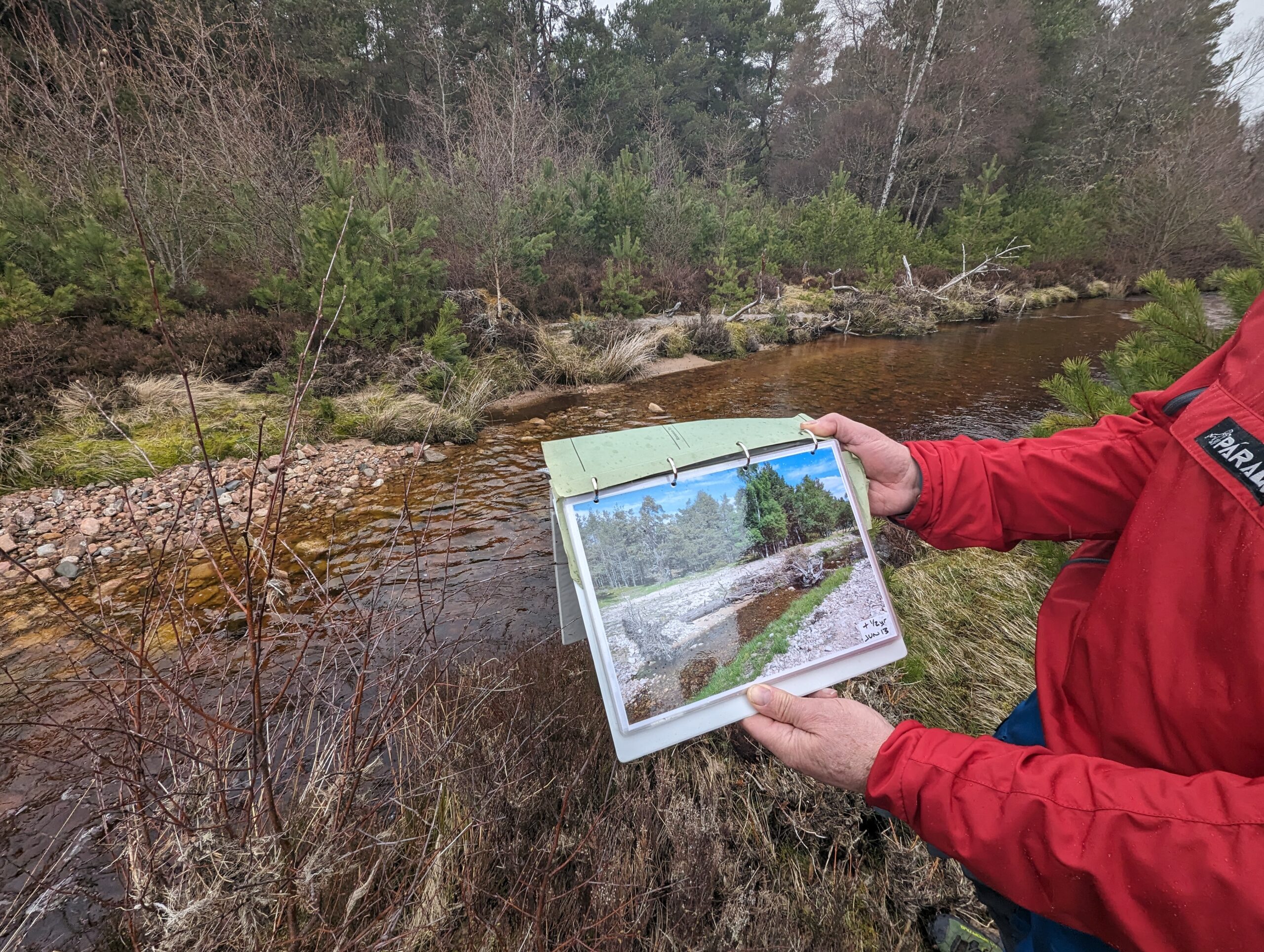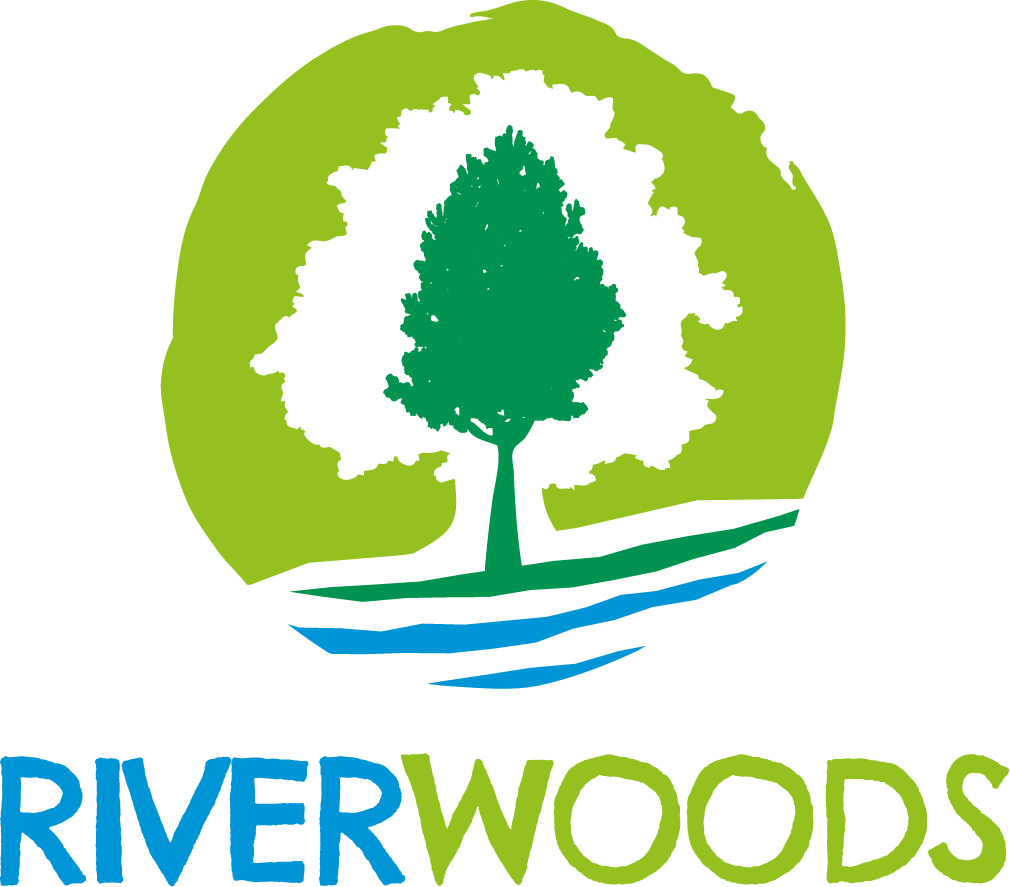Riverwoods Development Grant
The key purpose of Riverwoods is to create a network of river woodlands and healthy river systems throughout Scotland, which will deliver a range of benefits including flood protection, improved water quality and improvements for salmon fisheries, as well as helping to tackle the twin challenges of climate change and biodiversity loss.
The Riverwoods Development Grant seeks to address one of the key barriers to river woodland creation by supporting the scoping, planning and design of River Woodland Development Plans for the benefit of river health, habitat connectivity and access to nature in Scotland.
Please note the Riverwoods Development Grant is not currently accepting applications.
The Need
River woodlands are biologically rich habitats that play a vital role in creating and maintaining healthy rivers, proving a link between land and water as the green arteries that run through Scotland’s landscape. However, the impacts of human activity have caused a decline in the health of these habitats, with a survey by the Scottish Environmental Protection Agency revealing that only 13% of riverside habitats are in good condition.
The need for restoration is widespread and urgent, however there is no one size fits all approach to river restoration. Each catchment is distinct in its landscape character and has a unique set of pressures to address. Local organisations are aware of these challenges and are motivated to implement solutions but often lack the funding necessary for initial surveys, scoping and consultation.
The Aim of the Grant
The Riverwoods Development Grant seeks to support local organisations in overcoming these barriers by supporting the production of River Woodland Development Plans. These plans focus on identifying opportunities to expand river woodlands and restore riparian habitats, serving as a critical first step to enhance river health, improve habitat connectivity, and boost species and ecosystem resilience, diversity, and access to nature.
The Grant enables this work by supporting scoping, initial engagement, planning, and design activities for river woodland creation and restoration projects.
In the context of this Grant, native river woodland is defined as woodland that abounds to a watercourse, which may also extend significantly away from the riverbank into wider secondary native woodland creation and restoration areas. However, it is expected that key river woodland habitats and areas (see definitions below) will form the core focus of any proposals:
Key Habitat Features:
- Riparian woodlands: A woodland area on the bank of a river or loch, with the width being defined by the biogeochemical site conditions.
- Floodplain woodlands: All woodland lying within the fluvial floodplain that is subject to a regular or natural flooding regime.
- Gorge woodlands: Native trees in gorges where the influence of the riparian zone extends beyond the floodplain due to high humidity levels.
- Man-made riparian woodland buffers: Riparian woodland buffer zones occur on farms as areas between natural and artificial water courses, such as streams or ditches, and agricultural land.
Secondary Catchment Restoration Activities that may be considered:
- Catchment woodlands: Typically encompasses the total area of woodlands in a catchment, including all above defined woodland types. For the purpose of this Grant we will consider this as referring to all woodlands not encompassed by the above definitions.
- Cross-slope woodlands: Smaller areas of woodland or typically belts of woodland across hill slopes.
- Large woody material: Naturally occurring or man-made large wood structures found within the stream or river, also referred to as large woody debris.
Grant Timeline

The Riverwoods Development Grant is made possible by The National Lottery Heritage Fund and National Lottery players, as part of the Riverwoods Blueprint Project.
Please be aware this is a single, one-off application round with a submission deadline of 12 noon on Monday 28th July 2025 and is for support of projects within Scotland only.
For further application information please see the Application Guidance.

Development Grant Information
Please note we are now closed for applications.
How can I apply?
Please download the Application Form to apply.
This form must be completed in full and submitted to riverwoods@scottishwildlifetrust.org.uk with the subject line “Development Grant Application – [Your Organisation]” by 12 noon Monday 28th July 2025.
Applicants should review the Application Guidance carefully before completing the Application Form. If you do not fully complete this form, we may not be able to consider your application.
Please be aware that the Riverwoods Development Grant is a single, one-off application round. Applicants are welcome and are encouraged to get in touch to discuss their project idea before submitting an application.
How much can I apply for?
The minimum project value is £5,000, however there is no minimum grant request threshold. The maximum funding award will be £20,000. Funding requests are expected to be within the £10,000 – £20,000 range.
Applications for funding over £20,000 may be considered in exceptional circumstances i.e. for a whole catchment or sub catchment scale restoration opportunity where landowner agreements are or will be in place to deliver at scale.
Please note that there is a 10% match funding requirement, with a maximum of 90% of the total project costs eligible to be sought to the maximum grant fund available.
Who can apply?
Projects must be located within Scotland and contribute to the aim of the Grant. Applicants should be based in Scotland and be one of the following:
- ENGO
- Charitable Trust/Organisation
- Constituted Community Group/ Voluntary Group / Foundation
- Environmentally focussed not for profit organisation
- Local public bodies including Local Authorities and District Salmon Fisheries Boards
- Applications from individuals will only be accepted under exceptional circumstances.
When are our deadlines?
The deadline for completed applications is 12 noon Monday 28th July 2025. Applicants will be notified as to the success of their application no later than Friday 24th October 2025.
Final grant claims and delivery of Grant funded River Woodland Development Plans must be completed no later than Monday 1st March 2027
Data Protection & Privacy
Please ensure to read the Riverwoods Privacy Policy here.
What can my project do?
All projects must produce a written River Woodland Development Plan for an identified and defined area in Scotland. This Plan should detail clear and realistic next steps towards expanding and/or improving the state of riparian vegetation and freshwater habitats primarily through river woodland creation.
Plans should include the following:
- A GIS mapping analysis of the area identifying the ecological need, key landscape and catchment features, and opportunities and constraints for river woodland habitat creation, expansion, and/or restoration
- Identified landowners and managers that are principally agreed to considering proposed works, where applicable
- Anticipated delivery timelines
- Outlined budgets for the planned works
- Identified partnership opportunities.
Plans must also consider the benefits that this Grant can have to local communities in both the immediate and long-term;
- Immediately, how can this grant be used to benefit local communities and increase engagement with river woodland planning and scoping?
- Long-term, how will future river woodland planting and habitat improvement provide benefit to local communities? e.g. through interpretation, access, health & wellbeing, etc
The Grant can be used to pay for any activities or other costs, including required staff time or contractual work, to realise your project’s outcomes and develop the required River Woodland Development Plan. Common eligible activities will include but are not limited to the following:
- Desk based analysis
- Sub-catchment/catchment scale GIS analysis
- Landowner & community engagement and consultation
- Surveying or other ground-truthing
- Woodland scoping, design and planning
- Woodland creation cashflow modelling, including potential funding options
- Production of a River Woodland Development Plan
When can my project start?
Projects should take place entirely between October 2025 and February 2027. Th Grant cannot fund a project that has already started and funds can only be used to pay for activities taking place during the contracted award period.
You should not start your project until you have been notified of the success of your application and agreed to an award contract.
How will my application be evaluated?
Applications will be evaluated by a panel comprised of Riverwoods Blueprint Project staff and partners, along with representatives from the Riverwoods Delivery and Science Groups.
In addition to ensuring compliance with eligibility requirements and adherence to the Application Guidance, panel members will score and rank applications according to the following criteria:
- How closely the project aligns to the Grant Aims and Project Requirements
- How closely projects align with Grant Themes
- The ecological need for the project
- The potential ecological and community benefits of the project
When will I receive a decision about my application?
Both successful and unsuccessful candidates will receive a decision and feedback on their application no later than Friday 24th October 2025.
Can I receive feedback on my application before submission?
Applicants are welcome and encouraged to get in touch with Riverwoods Blueprint Project staff to discuss their project ahead of submitting an application.
Applicants wishing to discuss their application ahead of submission should get in touch no later than Friday 18th July 2025. Requests for feedback made after this deadline may not be possible to accommodate. Support for the application processes or any technical issues will still be available after this date until the submission deadline.
Please get in touch at riverwoods@scottishwildlifetrust.org.uk

